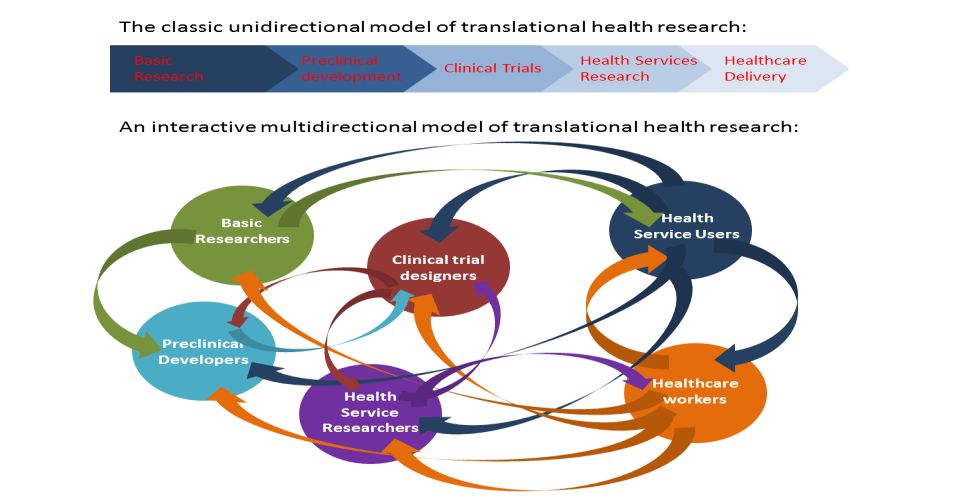
February 2, 2015, by Elizabeth Liddle
CANDAL annual conference highlights
Thanks to all who attended the CANDAL annual conference! For me, it was a really good example of what CANDAL is all about, with plenty of time devoted simply to talking and listening to each other.
The highlight, for me, was the talk by Dr Barbara Houghton and Dr Jo Jones about their clinic for people with problems who have features of both Austistic Spectrum and ADHD. It’s all too easy for researchers to want to put people in categories – not least because it makes doing the statistics easier! Barbara and Jo reminded us of one of the core aspects of the CANDAL approach is to think not in terms of putting people in categorical boxes, but rather the variety of issues that they face: problems with attention, organisation, social confidence, impulsive actions.
This why it is so important for “translational” research to be multidirectional. The classic “translational pathway” for so much health research is based on a kind of caricature of science – boffins in white coats looking down microscopes at one end of the process, passing on their findings to the developers and experimenters , who then commission clinical trials, followed by outreach to clinicians, who finally pass on the results to their grateful patients at the other end. Even the 2009 Cooksey report seemed to endorse such a model:
But even in other areas of health research this is a false perception – many of the greatest breakthroughs in medicine have originated in the experience of patients and clinicians, and the job of the boffins has been to find out why it works. And in any case of mental health it makes no sense at all. We can’t do blood tests for ADHD or Autistic Spectrum, and even though we can develop tools like neuroimaging and objective cognitive tests that can give clinicians and their patients a better idea as to what approaches are likely to help, ultimately it is the lived experience that matters. Brain scans and cognitive test battery scores may tell us a lot, but without the crucial information as to what it means for the lives of the owners of those brains, there is no way of “translating” it into anything that could actually help!
So I’ve had a go at redrawing the Cooksey-type translational diagram – comments and suggestions welcome!
And I think I managed to persuade Barbara and Jo to write an article for CANDALight, so watch this space!
No comments yet, fill out a comment to be the first


Leave a Reply